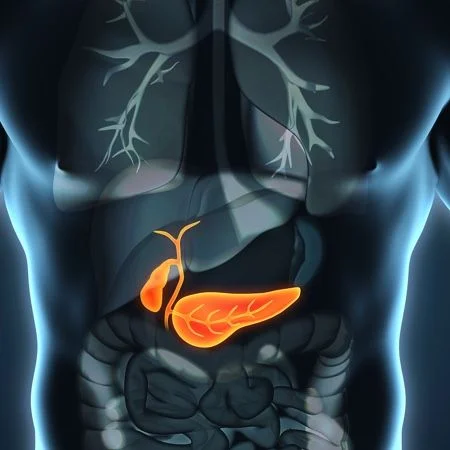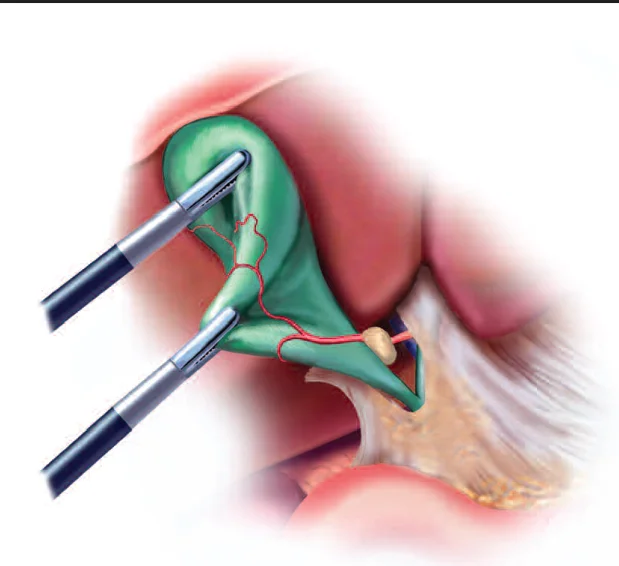GALL BLADER STONES
OUR TREATMENT

GALL BLADER STONES
GALL BLADER STONES
The gall bladder is a pear-shaped organ situated in the right side of the upper part of the abdomen that stores and concentrates the bile produced by the liver. It is attached to the undersurface of the right lobe of the liver. This concentrated bile is released from the gall bladder after food ingestion, especially fatty meals and helps indigestion.
These are stones formed within the gall bladder from cholesterol and bile salts present in the gall bladder. Gall stones can be cholesterol stones, pigment stones or a mixture of the two. Cholesterol stones are largely made of solidified cholesterol and pigment stones are dark stones made of bilirubin. Gall stones could be multiple or solitary, small or large.
Symptoms of Gallstones
Gastritis the most common symptoms of gallstone disease include abdominal bloating, belching, indigestion and nausea. It is often treated as gastritis in many people until an ultrasound scan of the abdomen reveals gall bladder stones as the culprit.
Pain in the upper abdomen, often more to the right and can move to the right shoulder blade or shoulder tip. The pain may come after meals, particularly fatty meals. Many people have woken up in the middle of the night with severe, unbearable pain, sometimes even mimicking a heart attack. These could be simple biliary colics or if the stone gets stuck in the cystic duct, it can cause swelling & infection if the GB called acute cholecystitis.
Symptoms


Laparoscopic
Laparoscopic Gallbladder removal surgery
Laparoscopic Cholecystectomy is performed under general anesthesia. In laparoscopic surgery, a telescope attached to a camera is inserted through a small incision that is made under the patient’s belly button. Three other small cuts are made (each no larger than the diameter of the pencil eraser) in the upper abdomen. The gall bladder is separated delicately from its attachments and then removed through one of the openings.
F.A.Q
Hard deposits of cholesterol or bile salts form in the gallbladder.
Pain in the upper right abdomen, nausea, vomiting, bloating, and gas.
Ultrasound or CT scans are used to diagnose gallstones.
Medication or surgery are used to treat gallstones.
Obesity, rapid weight loss, pregnancy, and diabetes.
Infection, inflammation, and blockage of the bile duct. Obstructive Jaundice and Pancreatitis



